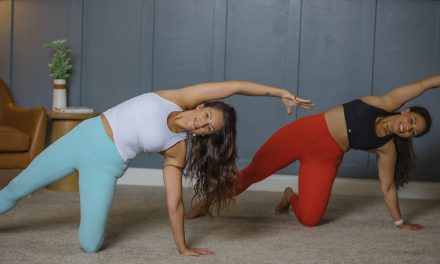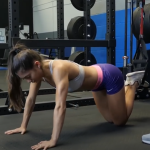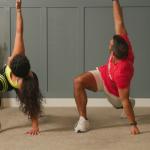Stretching is a warm-up ritual as old as exercise itself, but are we doing it right?
In fitness circles, dynamic stretching has become the go-to method for athletes and gym-goers aiming to prime their muscles before hitting the weights.
Characterized by movement-based stretches that actively engage the body, dynamic stretching isn’t just about getting loose—it’s about getting ready.
However, despite its popularity, the question remains:
Is dynamic stretching before weightlifting truly beneficial, or could it actually be harmful?
As we dive into the mechanics and outcomes of dynamic stretching, we’ll explore how this practice fits into your strength training routine, and whether it enhances your performance or puts you at risk.
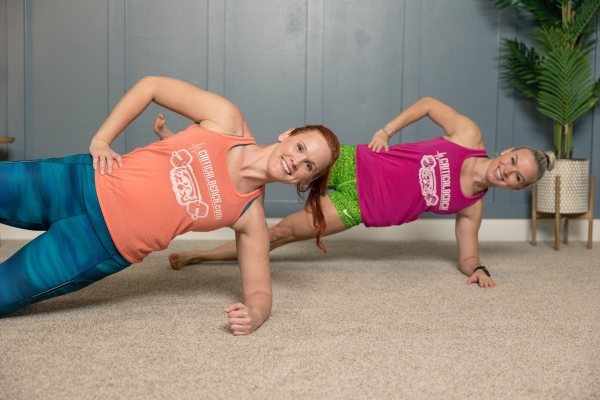
What is Dynamic Stretching?
Dynamic stretching involves simple, active movements where you stretch your muscles through their range of motion without holding the position at the end.
This is different from static stretching, where you stay still and hold a stretch for a longer time.
Dynamic stretches are great for getting your body warmed up and ready for physical activity, especially before you start something more intense like weightlifting.
Here are some easy dynamic stretches that are popular among athletes and fitness beginners:
Leg Swings
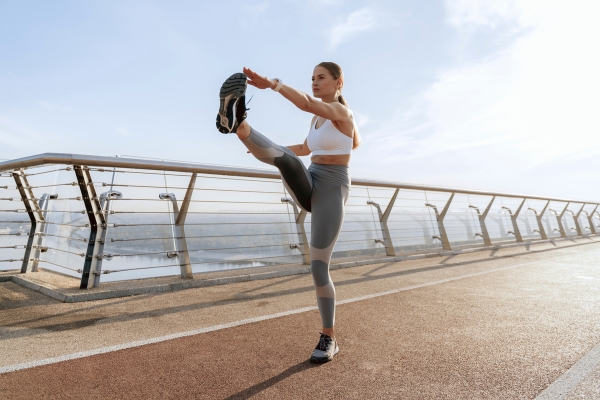
How to Do It:
- Hold onto something for balance, and gently swing one leg forward and backward.
- This helps loosen up your hips and gets your legs ready for exercises like running or lifting.
Arm Circles

How to Do It:
- Stretch your arms out to the sides and gently rotate them in small circles, then gradually make the circles bigger.
- This is a nice way to warm up your shoulders.
Lunges with a Twist
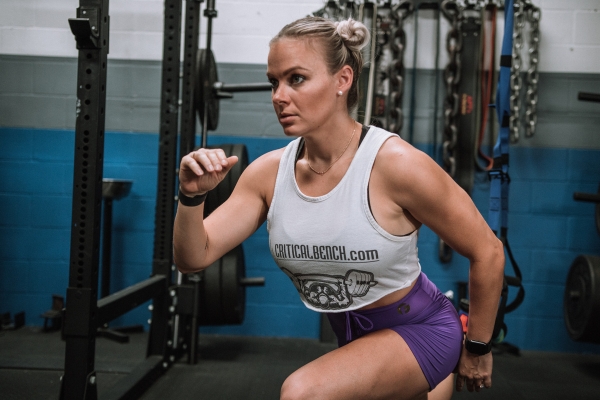
How to Do It:
- Step forward into a lunge and gently twist your upper body towards the leg that’s in front.
- This move stretches your legs and gently engages your stomach muscles.
High Knees
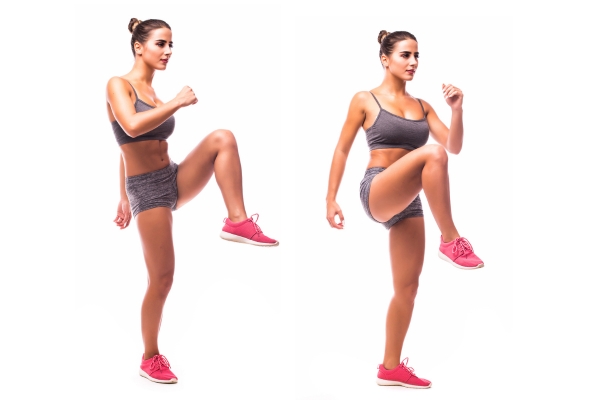
How to Do It:
- Jog in place, lifting your knees high with each step.
- This gets your lower body moving and increases your heart rate a bit, which is great before a workout.
Inchworms
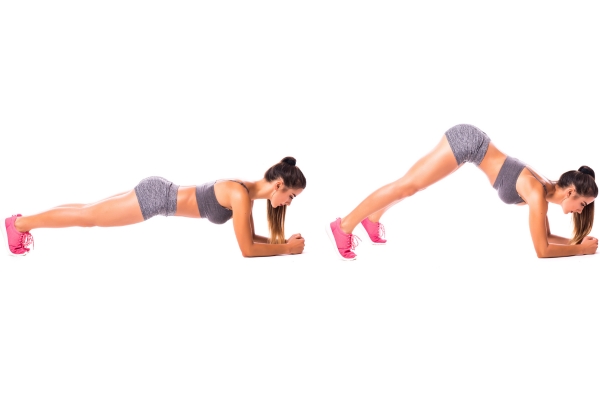
How to Do It:
- Stand up tall, then bend over and walk your hands forward until you’re in a push-up position.
- Then, keeping your legs straight, walk your feet towards your hands.
- This helps stretch and warm up both your upper and lower body.
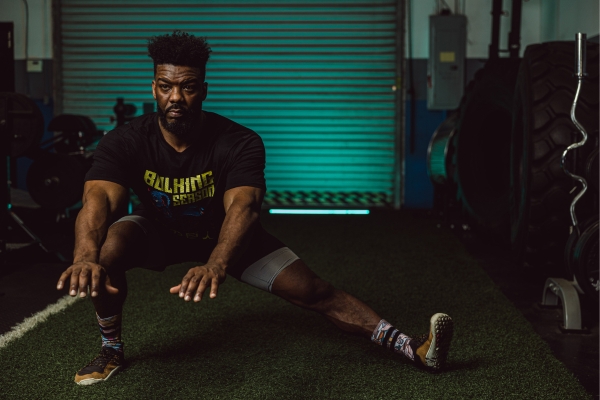
Benefits of Dynamic Stretching Before Weightlifting
Dynamic stretching provides several important benefits when incorporated before a weightlifting session.
Let’s delve deeper into each benefit:
Increases Muscle Temperature and Blood Flow
Engaging in dynamic stretches raises the temperature of your muscles.
Warmer muscles are more pliable and less prone to strains.
Additionally, increased blood flow from dynamic stretching ensures that your muscles receive a rich supply of oxygen and nutrients.
This boost can enhance your energy levels and performance during the workout, making it easier to handle weights and sustain longer training sessions. [5]
Improves Range of Motion and Mobility
Dynamic stretches enhance the flexibility and range of motion in your joints.
This is particularly important in weightlifting, where performing exercises through a full range of motion can lead to more effective muscle growth and strength gains.
Improved mobility also aids in achieving proper exercise form, which is vital for targeting the correct muscle groups and avoiding unnecessary strain on joints and tendons. [2]
Enhances Muscle Performance
Preparing muscles and joints with dynamic movements can lead to an increase in overall muscle performance.
When your muscles are properly warmed up, they are more capable of producing force and sustaining higher performance levels.
This readiness can translate into lifting heavier weights or completing more repetitions than you would be able to without an adequate warm-up. [2] [3]
Reduces the Risk of Injuries
Perhaps one of the most significant benefits of dynamic stretching is its role in injury prevention.
By increasing muscle temperature and enhancing joint mobility, dynamic stretching reduces the likelihood of injuries such as sprains, strains, and muscle tears.
This is crucial in weightlifting, where heavy loads can put significant stress on muscles and joints.
Warming up ensures that your body is not only ready to perform but also protected against the common injuries associated with intense physical activities. [4]
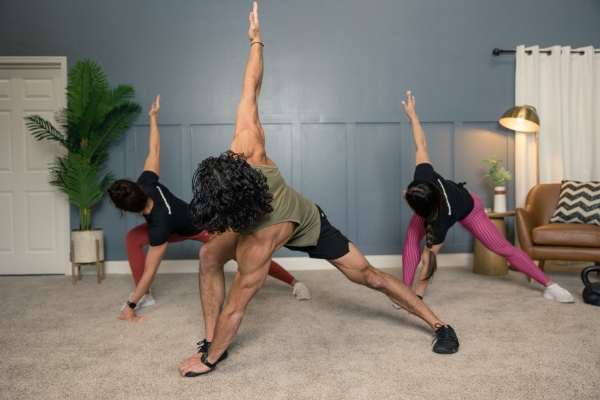
Potential Drawbacks of Dynamic Stretching Before Weightlifting
While dynamic stretching offers numerous benefits, there are potential drawbacks to consider, especially when these stretches are not performed correctly.
Here’s a closer look at the potential negatives:
Risk of Overstretching and Muscle Fatigue
Dynamic stretching involves active movements that can sometimes lead to overstretching if not executed with care.
Overstretching before lifting weights can temporarily weaken the muscles, which may reduce stability during weightlifting exercises.
Additionally, overly vigorous stretching can lead to muscle fatigue, which might impair your muscles’ ability to perform optimally during your workout.
Possible Decrease in Strength Performance
When dynamic stretches are too intense or prolonged, they might pre-exhaust the muscles, leading to a decrease in strength performance.
This is particularly concerning for exercises requiring maximal force output, such as powerlifting movements.
If muscles are already tired from an intense stretching session, they may not be able to generate the same level of force, potentially affecting the overall effectiveness of the workout.
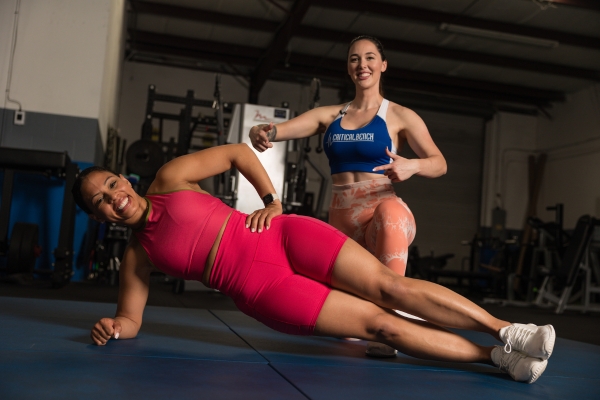
Practical Tips for Incorporating Dynamic Stretching
To maximize the benefits of dynamic stretching and minimize potential drawbacks, it’s important to approach these exercises with care and consideration.
Guidelines on How to Properly Perform Dynamic Stretches
Here are some practical tips on how to incorporate dynamic stretching effectively into your weightlifting routine:
Start Gently: Begin with low-intensity movements and gradually increase the range and speed. This approach helps your body ease into the stretches without shock or excessive strain.
Control is Key: Focus on controlled movements to avoid overstretching. Each movement should be smooth and deliberate, enhancing muscle activation without reaching the point of discomfort.
Use Proper Form: Just like with weightlifting, proper form in dynamic stretching is crucial to prevent injuries and ensure that the targeted muscles are effectively prepared. If you’re unsure about your form, consider consulting with a fitness professional.
Recommendations for Timing and Duration
By following these guidelines, you can effectively integrate dynamic stretching into your weightlifting routine, making your workout safer, more efficient, and more aligned with your fitness goals.
Timing: The best time to perform dynamic stretches is right before your weightlifting session. It serves as an ideal transition from rest to high-intensity activity.
Duration: A typical dynamic stretching routine should last about 5 to 10 minutes, depending on your overall workout intensity and duration. Avoid overly prolonged stretching sessions that could lead to muscle fatigue.
How to Personalize Dynamic Stretching Routines
This approach not only prepares your body for immediate exercise but also contributes to long-term flexibility and performance improvements.
Adapt to Your Fitness Level: If you are new to fitness or returning after a break, start with simpler and fewer movements, gradually adding more complexity and volume as your fitness improves.
Align with Your Goals: Tailor your stretching exercises to match the muscle groups you plan to work on during your weightlifting session. For example, if you’re focusing on leg day, include more leg swings, lunges, and high knees in your routine.
Listen to Your Body: Pay attention to how your body feels during and after stretching. If certain stretches cause discomfort or pain, modify or skip them. Feedback from your body is crucial to adjusting the stretches for your needs.

Wrap-Up and Key Points
The evidence suggests that while dynamic stretching can be incredibly beneficial for preparing the body for weightlifting, it must be done correctly and judiciously.
The key is to balance intensity and duration to ensure muscles are warmed up without being worn out.
Each individual’s response to stretching can vary, so it’s important to personalize your approach.
Pay attention to your body’s feedback during and after dynamic stretching to understand what works best for you.
Key Points to Remember
- Increases Muscle Temperature and Blood Flow: Warms up the muscles, making them more pliable and ready for exercise, reducing the risk of injury.
- Improves Range of Motion and Mobility: Helps perform weightlifting exercises with proper form, essential for effective training and preventing injuries.
- Enhances Muscle Performance: Prepares the muscles for high levels of performance, potentially allowing for a more intense workout.
- Reduces Injury Risk: Warms up the muscles and joints, decreasing the likelihood of sprains, strains, and muscle tears during weightlifting.
- Risk of Overstretching and Muscle Fatigue: If dynamic stretches are too vigorous or improperly performed, they can pre-exhaust the muscles, affecting stability and performance.
- Decrease in Strength Performance: Intense or prolonged dynamic stretches can temporarily reduce the muscles’ ability to perform optimally, especially in strength-focused exercises.
- Research Insights: Some studies suggest that excessive dynamic stretching can diminish strength and power outputs due to reduced muscle stiffness necessary for explosive movements.
- Start Gently and Control the Intensity: Begin with low-intensity movements and gradually increase the range and speed to prevent shock and strain.
- Watch the Timing and Duration: Ideal dynamic stretching should happen right before the weightlifting session and last about 5 to 10 minutes to prevent muscle fatigue.
- Tailor to Your Needs: Adjust the stretches according to your fitness level and the specific muscles you will be working out. Listen to your body and modify stretches to avoid discomfort.
References
Archives of Internal Medicine
Freburger JK, Holmes GM, Agans RP, Jackman AM, Darter JD, Wallace AS, Castel LD, Kalsbeek WD, Carey TS. The rising prevalence of chronic low back pain. Arch Intern Med. 2009 Feb 9;169(3):251-8. doi: 10.1001/archinternmed.2008.543. PMID: 19204216; PMCID: PMC4339077.
Journal of Functional Morphology and Kinesiology
Bryant J, Cooper DJ, Peters DM, Cook MD. The Effects of Static Stretching Intensity on Range of Motion and Strength: A Systematic Review. Journal of Functional Morphology and Kinesiology. 2023; 8(2):37. https://doi.org/10.3390/jfmk8020037
International Journal of Exercise Science
Brodeur ZR, Paustian MJ, Monteleone-Haught DA, Lamm RA, Pagano AG, Ellis CE. The Effects of Static and Dynamic Stretching on Muscle Oxygen Saturation in the Rectus Femoris. Int J Exerc Sci. 2022 May 1;15(3):702-708. PMID: 35991352; PMCID: PMC9365106.
Journal of Motor Behavior
Oba K, Ohta M, Mani H, Suzuki T, Ogasawara K, Samukawa M. The Effects of Static Stretching On Dynamic Postural Control During Maximum Forward Leaning Task. J Mot Behav. 2023;55(6):594-602. doi: 10.1080/00222895.2021.1909529. Epub 2021 Jun 21. PMID: 34148509.
Journal of Sports Science and Medicine
Iwata M, Yamamoto A, Matsuo S, Hatano G, Miyazaki M, Fukaya T, Fujiwara M, Asai Y, Suzuki S. Dynamic Stretching Has Sustained Effects on Range of Motion and Passive Stiffness of the Hamstring Muscles. J Sports Sci Med. 2019 Feb 11;18(1):13-20. PMID: 30787647; PMCID: PMC6370952.
Sports Medicine
Opplert J, Babault N. Acute Effects of Dynamic Stretching on Muscle Flexibility and Performance: An Analysis of the Current Literature. Sports Med. 2018 Feb;48(2):299-325. doi: 10.1007/s40279-017-0797-9. PMID: 29063454.
International Journal of Sports Physical Therapy
Page P. Current concepts in muscle stretching for exercise and rehabilitation. Int J Sports Phys Ther. 2012 Feb;7(1):109-19. PMID: 22319684; PMCID: PMC3273886.
Sports Medicine
Behm DG, Alizadeh S, Daneshjoo A, Konrad A. Potential Effects of Dynamic Stretching on Injury Incidence of Athletes: A Narrative Review of Risk Factors. Sports Med. 2023 Jul;53(7):1359-1373. doi: 10.1007/s40279-023-01847-8. Epub 2023 May 10. PMID: 37162736; PMCID: PMC10289929.


